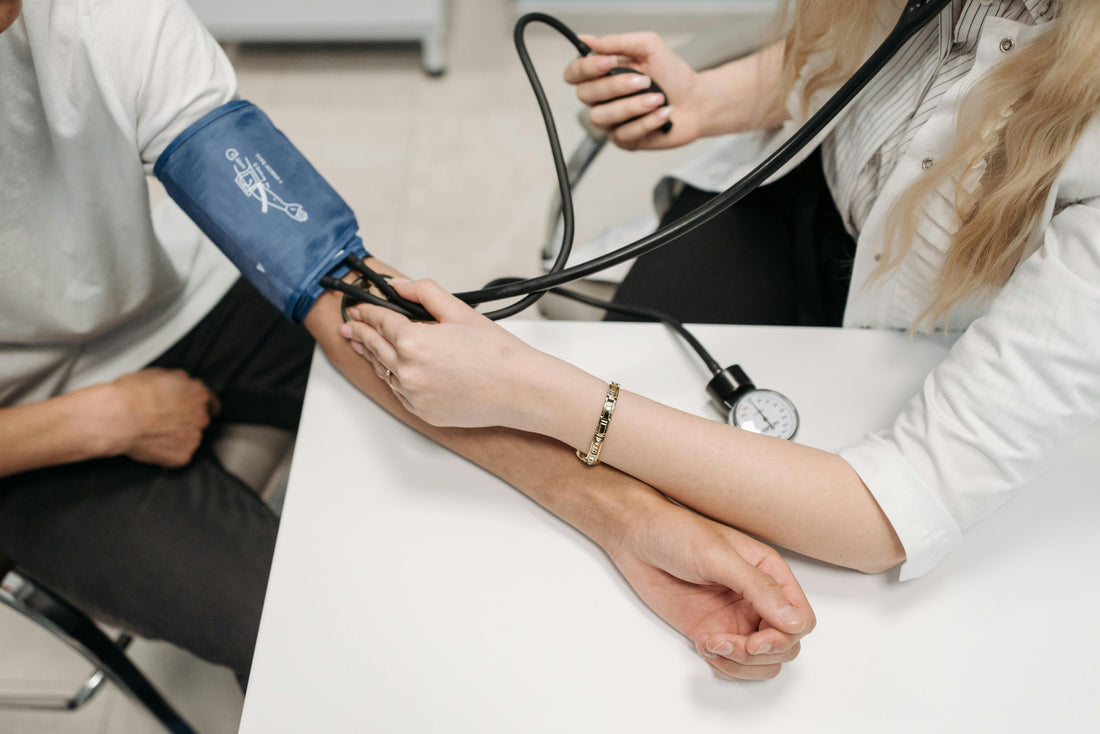
How Fitness and Gender Affect Blood Pressure During Exercise
Share
Understanding how our bodies respond to exercise can help us stay healthy and detect potential risks early. One key factor that researchers often look at is blood pressure during physical activity. A recent study explored how gender (sex) and aerobic fitness impact blood pressure during a treadmill workout. Here’s what they found—and what it means for you.
What Happens to Blood Pressure During Exercise?
When we exercise, our heart works harder to pump blood. This causes our systolic blood pressure (SBP)—the top number in a BP reading—to rise. However, diastolic blood pressure (DBP) usually stays the same or goes down slightly.
A high SBP during exercise isn’t always bad. In fact, trained athletes often show high SBP levels simply because they can push themselves harder. But in some people, it may signal a future risk of hypertension (high blood pressure), so it's important to interpret these numbers correctly.
Why Aerobic Fitness Matters
The study included 111 healthy young adults who performed a maximal treadmill test—basically, running until they couldn’t go any further. Their blood pressure and fitness levels (measured as VO₂peak, which tells how well the body uses oxygen) were recorded.
Researchers found that people with better aerobic fitness tended to have lower blood pressure per unit of work done. This was measured using something called the SBP/MET slope—a way to adjust blood pressure readings based on how hard someone is actually working.
This means that when someone is very fit, even if their SBP is high, it's often because they're achieving more, not necessarily because there's a health problem.
Do Men and Women Respond Differently?
Men in the study had higher peak SBP than women. However, when blood pressure was adjusted for effort (using the SBP/MET slope), there was no difference between men and women. In other words, once the amount of work each person did was factored in, sex didn’t matter.
This is important because men naturally tend to have higher fitness levels and body sizes, which can affect blood pressure. The SBP/MET slope helps cancel out these differences, making comparisons fairer.
Key Takeaways for Your Health
- Peak SBP alone doesn’t tell the full story. It can be influenced by fitness, body size, and effort level.
- Using SBP/MET slope gives a clearer picture. It adjusts blood pressure readings to account for how much physical work you're doing.
- Fitness matters. People with higher aerobic fitness generally show more efficient blood pressure responses during exercise.
- Sex differences level out when effort is considered. Men and women perform differently in raw numbers, but adjusted data shows similar trends.
What This Means for You
If you’re getting a stress test or tracking your blood pressure during workouts, don’t panic if your SBP seems high. If you’re fit and pushing yourself hard, it could be completely normal. What matters more is how your body handles that effort.
Doctors and trainers should also be careful when interpreting exercise blood pressure. Looking only at peak SBP could lead to unnecessary concerns, especially in athletes or very fit individuals.
Final Thoughts
This study shows the importance of context when evaluating exercise blood pressure. Fitness level and effort should always be considered. Whether you’re male or female, improving your aerobic capacity can lead to healthier blood pressure responses—and better overall cardiovascular health.
Stay active, know your numbers, and remember: the way your body reacts to exercise tells a powerful story. Make sure you're reading it the right way.
